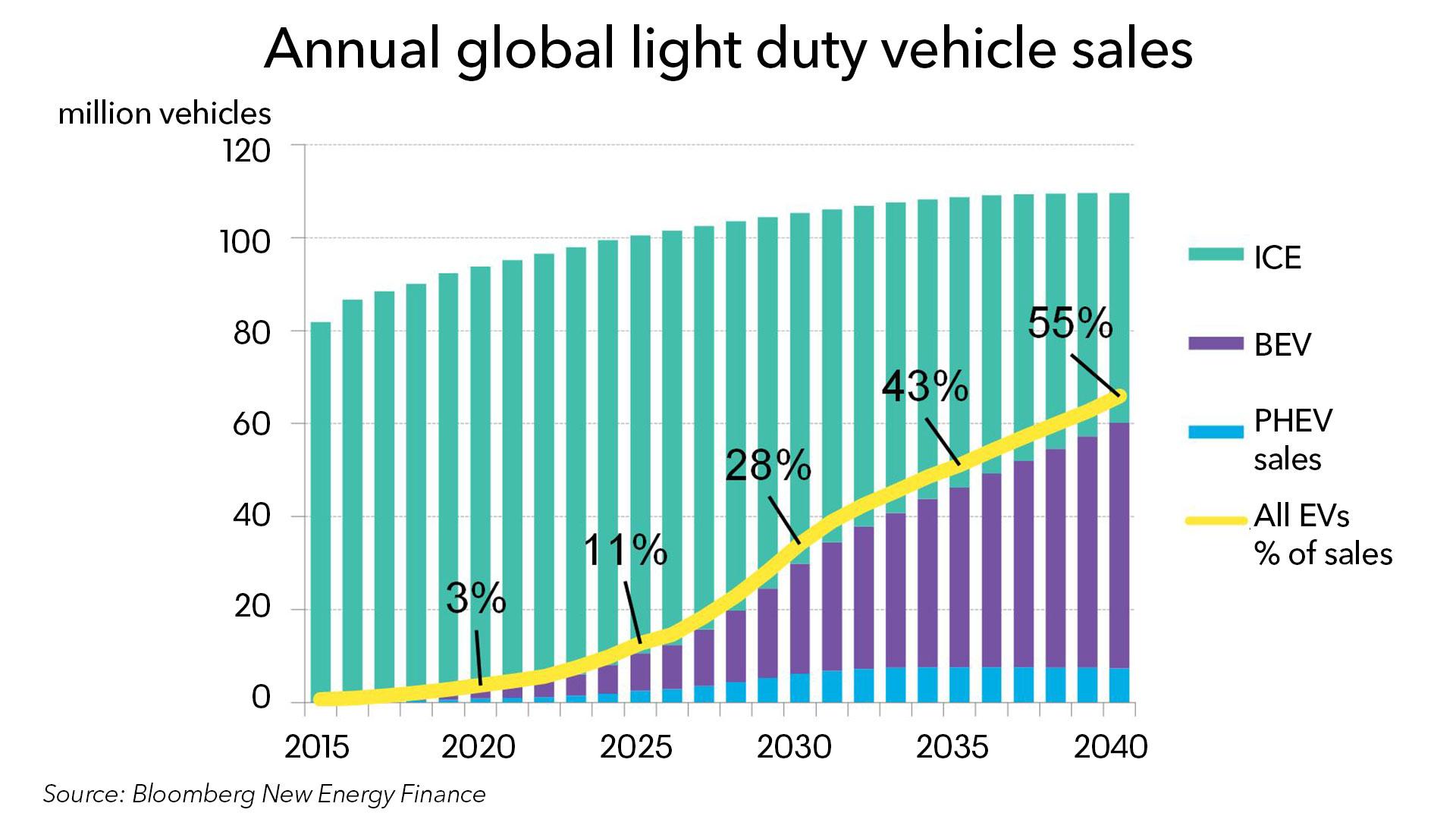

alone is expected to rise from 80,000 to more than 160,000 by the end of the decade.
#Dia stock forecast 2025 drivers#
With booming e-commerce adoption having accelerated by at least five years over the last 20 months spurred by pandemic-driven habits, the current shortage of last-mile delivery vehicle drivers in the U.S. Within the commercial segment, rising logistics and fulfilment needs paired with a protracted labour shortage have increased urgency for automating trucks and last-mile delivery vans. In addition to safety considerations, increasing preference for transportation efficiency and accessibility has also fuelled demand for autonomous driving technology. This is further corroborated by the field’s technological readiness, which has accelerated in recent years with more autonomous driving companies graduating from the development phase to the on-road testing phase – to date, more than 1,400 driverless vehicles have been deployed in the U.S.

With global economies like the EU requiring key ADAS features in all new vehicles beginning mid-2022, and the NHTSA recommending similar on the grounds of enhanced road safety, a future where cars will take over ultimate control from human drivers is near.
#Dia stock forecast 2025 full#
Growing acceptance of ADAS by regulators and drivers in recent years have foreshadowed the eventual adoption of full autonomous driving.

With Tesla and Aurora making critical contributions to the future of autonomous mobility, both companies are expected to generate meaningful upsides within the foreseeable future as the emerging technology becomes increasingly accepted by regulators, car owners, and fleet operators in the long-run. And although Aurora offerings have yet to commercialize and will only be offered across the U.S., the company’s technology can be retrofitted across all vehicle types and brands, which allows for greater capitalization on opportunities arising from the domestic market. While Tesla’s FSD is specifically designed for compatibility with Tesla vehicles and Tesla’s future suite of robotaxis, the company will be able to capitalize on demand from around the world with meaningful take rates thanks to its established global footprint and brand reputation over the years. Rising demand for safe and reliable mobility means will be a boon for both companies’ autonomous driving technologies in the long-run. Meanwhile, increasing demand for safe and reliable autonomous driving solutions across legacy OEMs has also created additional opportunities for emerging players like Aurora Innovation (Nasdaq: AUR ). Key pioneers within the field include Tesla (Nasdaq: NASDAQ: TSLA), the undisputed electric vehicle (“EV”) leader that has leveraged its vast troves of driving data collected over the years to guide the development of “Full Self-Driving” (“FSD”) for its vehicles.
#Dia stock forecast 2025 driver#
And increasing adoption of ADAS has essentially prepared regulators and drivers for the imminent roll-out of level 4 autonomous driving technology, which will no longer require a safety driver behind the wheels and ultimately reduce the chances of accidents caused by human errors in the long-run. Certain level 2 advanced driver assistance system (“ADAS”) features, such as advanced emergency braking, have already been made mandatory by major government regulatory bodies to ensure vehicle safety. Tightening regulations over vehicle safety, paired with rising demand for reliable and readily accessible transportation have underpinned the rapid development of advanced and autonomous driving technology in recent years.


 0 kommentar(er)
0 kommentar(er)
